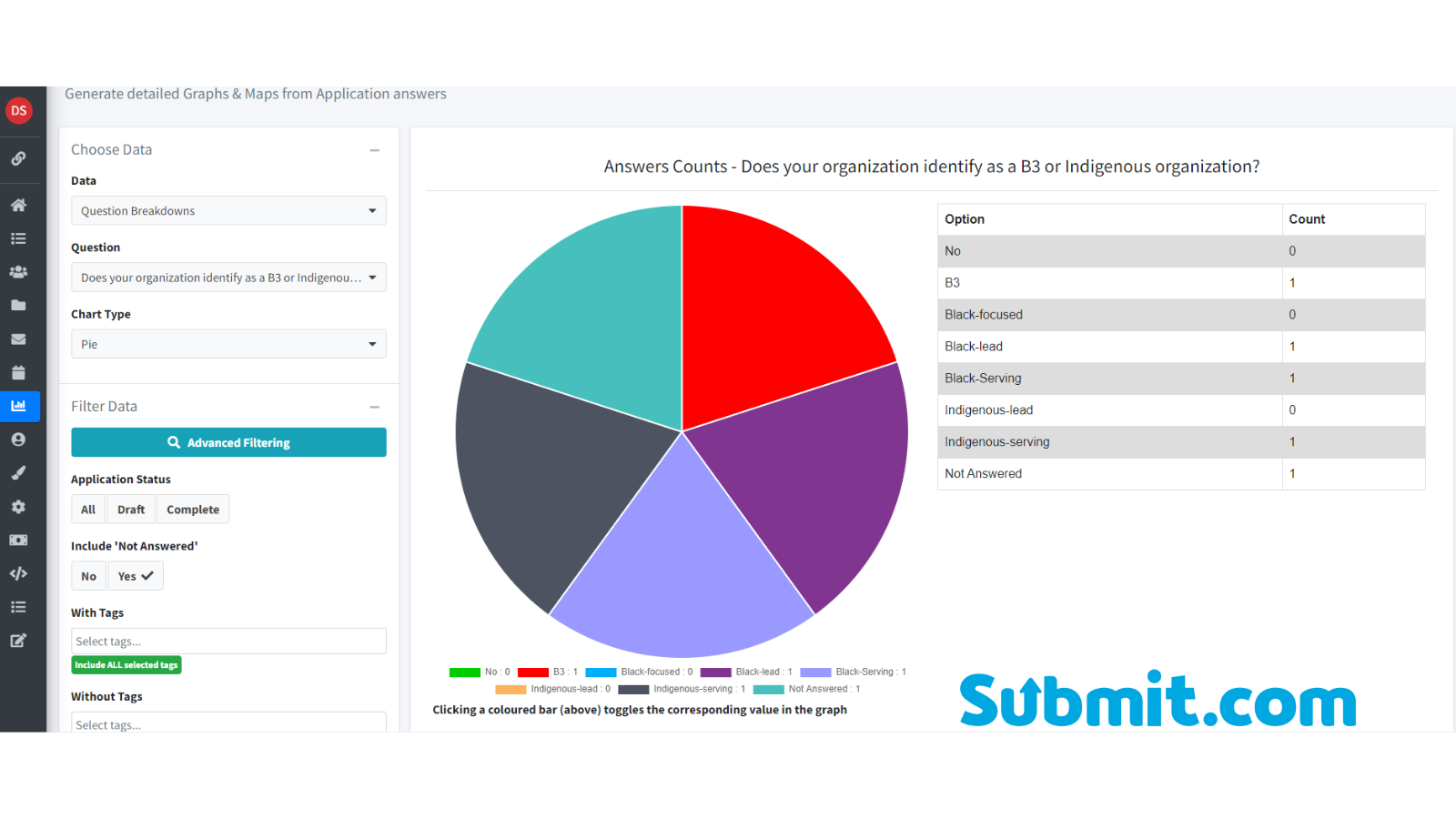6 Fundamental Tips For Rapid-Response Grantmaking
With so many communities around the world currently facing urgent needs, more grantmakers are adding rapid-response practices to their list of priorities.
The grant management process is a complex one. It’s multi-layered, multi-phased and requires a lot of planning.
But while those many moving parts are vital to the process, the pandemic we’re facing isn’t the first or last emergency that will call for faster responses from funders.
Turning moments of crisis into learning opportunities
If a grant had to be delivered within 48 hours, what would that process look like? How different would it be to the existing system?
And when the emergency subsides, which elements (if any) of the rapid-response grant will be incorporated into a more relevant process? This is how grantmakers around the world are rethinking their entire policies and strategies so they can help those who need it, faster.
Here are 6 tips for funders who need to make rapid-response grants
1. Pre-screen applicants with an eligibility quiz
Fund applications can take tremendous amounts of time to complete, and once it’s been submitted, grantees are looking at a waiting time of anything between 3 months to a year.
While that might be considered standard during normal circumstances, it’s simply unacceptable during a crisis.
And that’s why the first priority is to pre-screen applicants so you’re not wasting anybody’s time—including your own.
You can quickly determine who meets your funding requirement and you can save both yourself and the grantee heaps of time, stress and headache.
In an eligibility quiz, only focus on core information. Consider the most fundamental pieces of information you require from grantees and leave out the rest.
2. Streamline the application form
Hopefully, your grant does not require applicants to complete a paper form.
If it does—get everything online, asap.
And if your application form is already online, it’s time to streamline it. That means you’ll need to simplify it, shorten it and clarify it.
Make sure you’re only asking the key questions. Do you really need to know grantees’ date of birth? Probably not.
Ask questions that require aa simple yes/no answer, and get rid of long-paragraph responses—they’re unnecessary.
Aside from contact details and demographic details, keep your form to under 10 questions.
Use colours, bold font, and a clear typeface to minimise mistakes and guide the applicant along. Here’s where a smart-form builder can save you tons of time and keep the application as streamlined as possible.
3. Set up automated email alerts
If you need to issue your grant fairly quickly, you’ll want to cut out as much manual follow-up as possible.
Automated email alerts are the fastest and easiest way to keep grantees updated on their application at any stage. Inform grantees when their application has been successfully submitted, when it’s been accepted/rejected, and any other important submission status update.
4. Be responsive and ask applicants questions
If you’re distributing large grants, or several, at high speed, you need to be on the ball and be attentive to how it rolls out.
It’s the only way you can adjust procedures and improve.
It’s important for you to see what’s going on in the applications, and you can do that by listening to applicants.
Add a section in the form where applicants can ask you questions and aim to answer them as promptly as possible. You can add instructions or guidance to help move things along.
The important part of this is being responsive and flexible for grantees—and simply being as helpful as you can.
5. Train staff and create quick onboarding resources
The best thing you can do to ensure your rapid-response grant runs smoothly is to keep staff engaged and equipped to manage the process.
You’ll be implementing a completely new way to issue grants and generally speaking, teams won’t be used to it. Run a Zoom onboarding session or two and properly brief everyone on the new system before you launch.
Give them the tools they need to easily find information, applications and anything else by working from one centralised platform or dashboard.
6. Rethink your grant reporting requirements
Every grant needs to be reported on, and crisis grants are no exception.
There is, however, one big difference.
Scrap the detailed, text-heavy, 12-page report you usually ask grantees to spent a dozen hours working on.
This is a crisis, and if you can manage to publish a call for submissions, gather and collect applications, review and award them all in record timing, you can definitely shrink your reporting process.
Create a simple form with the necessary questions and collect data in form fields, not pdfs or other attachments. You need the basic, fundamental data here to measure your impact. Leave everything else out.
Helping affected communities get back on their feet
These moments of crisis are devastating to local communities.
Industries like the arts, that relies heavily on large gatherings and social connections, is a distant memory. Restaurant owners have had to close their doors, but are stacking up rent charges. Graduates trying to enter the market in the worst possible time are left with hefty student loans and little to no income to get by on.
More organizations are raising funds to help those that need immediate relief as a direct response of the COVID-19 pandemic and social restrictions. We hope you find these tips useful and continue to make a positive impact in your local communities.
Learn about how Submit can help your organisation make a rapid response to the COVID-19 pandemic.










